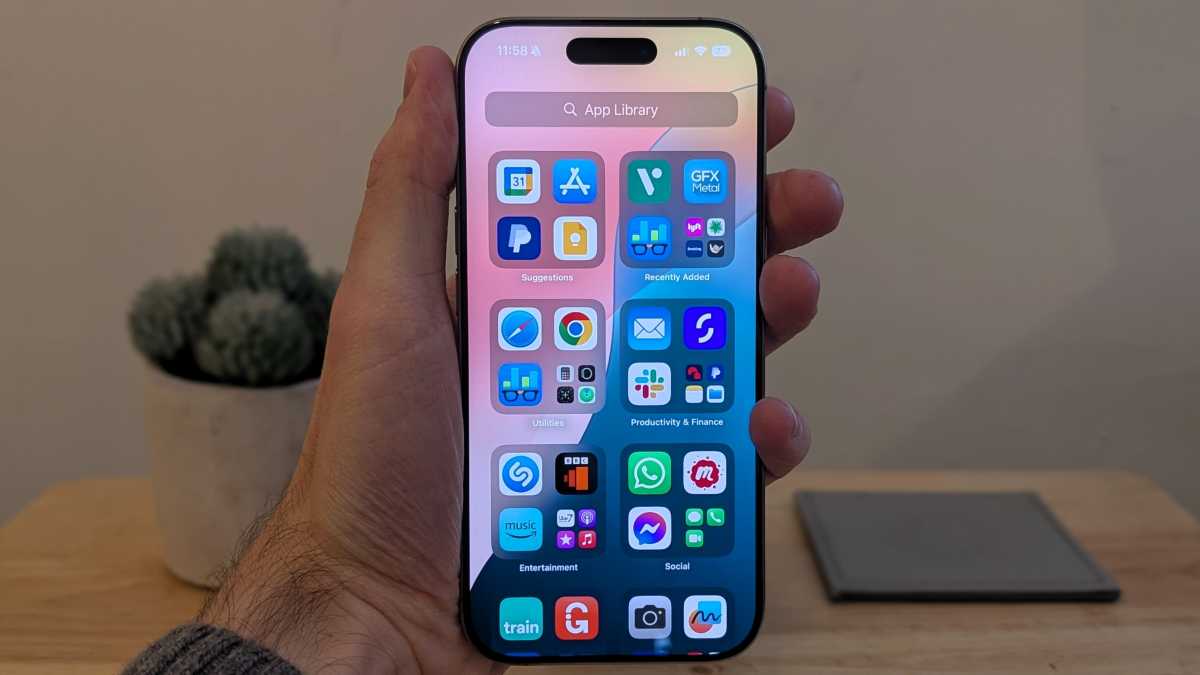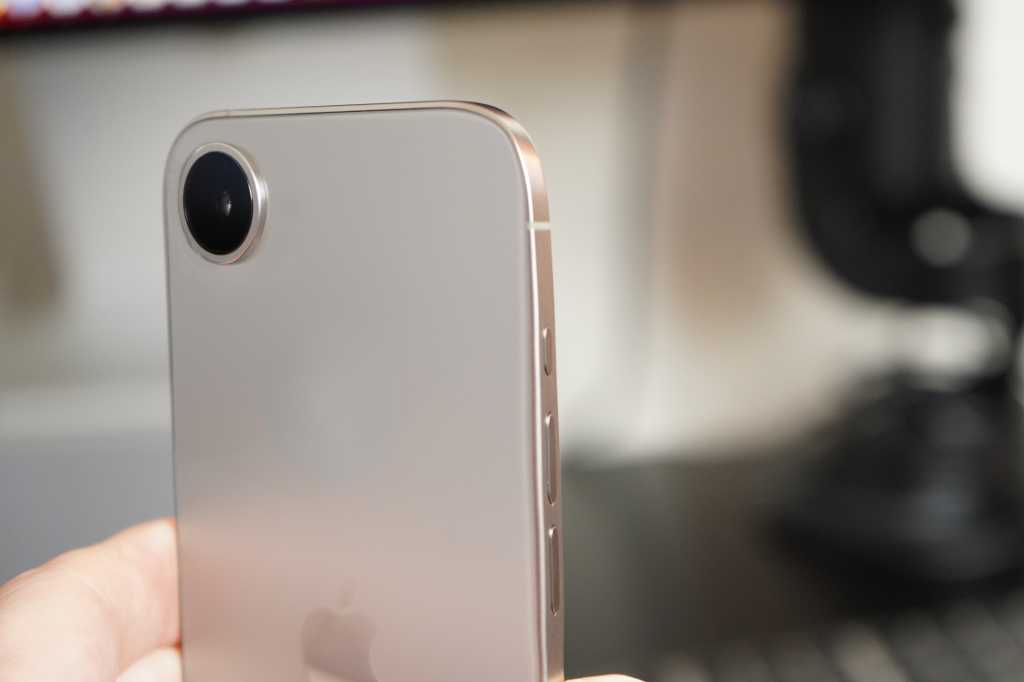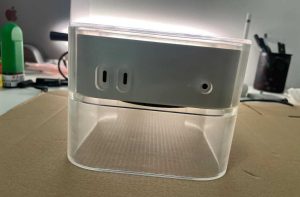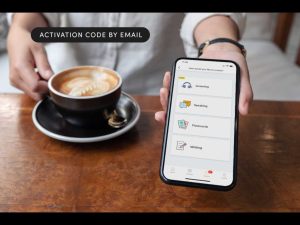
Analysts speculated earlier this year that the iPhone 16 and its AI capabilities would trigger a new upgrade super cycle. Fired up by the innovative functions of Apple Intelligence, customers were expected to buy new handsets in record numbers, even if their current iPhone was still in perfect working order.
A few weeks after the launch, however, much of that enthusiasm appeared to have fizzled out. In Germany, for example, we found it easy to get hold of the new phones, either from an Apple Store or on Amazon, with the latter able to deliver the device as early as the following week. In the U.K. right now, the cheapest configuration of the iPhone 16 Pro is available for next-day delivery. This is all a far cry from the stock shortages we usually encounter when an iPhone is a spectacular success.
One possible reason why the iPhone 16 has not triggered a super cycle is the slow introduction of Apple Intelligence. The first features weren’t available until several weeks after launch in the U.S. and Canada, while European users may have to wait as much as a year. If AI was the key to success, delaying AI could have been a critical error.
A cycle of innovation
Another issue could be the psychology of consumerism: to a lot of buyers it’s not what’s inside that counts, but the external design. An abstract upgrade such as a 40 percent increase in performance is less appealing than new colors, shapes, and materials. And this is confirmed by sales data: the biggest leaps were made by the iPhone generations that brought noticeable changes in shape or dimensions.
We’ve put Apple’s iPhone sales in a diagram (bars) and also calculated how big the percentage difference was compared to the same quarter of the previous year (line). Because Apple has been releasing iPhones in the fall since the iPhone 4s in 2011, the new models make a big contribution to sales in the first quarter of each fiscal year: that’s where you’ll see the biggest bars. But in terms of percentage differences, the iPhone 6 Plus, iPhone X, and iPhone 12 have delivered the biggest jump compared to previous generations.
Why were these models the big winners? Because of design. The iPhone 6 Plus, for example, was the first time Apple introduced a larger model alongside the standard-size model; that’s a very noticeable change. (Two years earlier, the iPhone 5 had already increased the screen diagonally from 3.5 to 4 inches, but that’s a little more subtle.)
For the iPhone X, an anniversary model, Apple switched to a borderless design, replacing the Home button and Touch ID with Face ID facial recognition for biometric authentication. The notch provided for this purpose quickly became a recognizable, perhaps even iconic feature. And the iPhone 12 was the first square-edged smartphone since the iPhone 5S was discontinued, six years previously. Although the iPhone 13 is the most successful iPhone model to date in terms of pure sales, the 12 sold 17 percent better than its predecessor, whereas the 13 was up by just 9 percent. The iPhone 12 was a bigger step forward for the company.

The iPhone 16 Pro is a great phone, but it’s not the revolutionary change we were hoping for.
Anyron Copeman / Foundry
Looking down the road
So where does this leave the iPhone 16? It offers Apple Intelligence, it’s true. But that wasn’t available at launch, many features have yet to arrive, and for a large proportion of potential buyers who live outside the U.S., it’s not available at all. In terms of design change, meanwhile, the iPhone 16 offers very little that’s new.
Compare this to the launches planned for 2025. If the rumors about the iPhone 17 Air are true–and they’ve been swirling for more than half a year now–then it will be the first model in five years to feature a radically new design, similar to the extremely thin iPad Pro M4 models. Add to that a striking color, like the Product Red that was discontinued with the iPhone 14, and it’s sure to be a bestseller.
Our interest and optimism is further piqued by the latest developments at Apple. John Ternus’ hardware team has seen some important promotions in recent days: Richard Dinh, for example, became Vice President of iPhone Product Design. Ternus himself has promised radical innovations in iPhone design in an internal memo, calling the roadmap the “most ambitious in the product’s history.”
So things are looking up. Just not until next year.
This article originally appeared on our sister publication Macwelt and was translated and localized from German.




